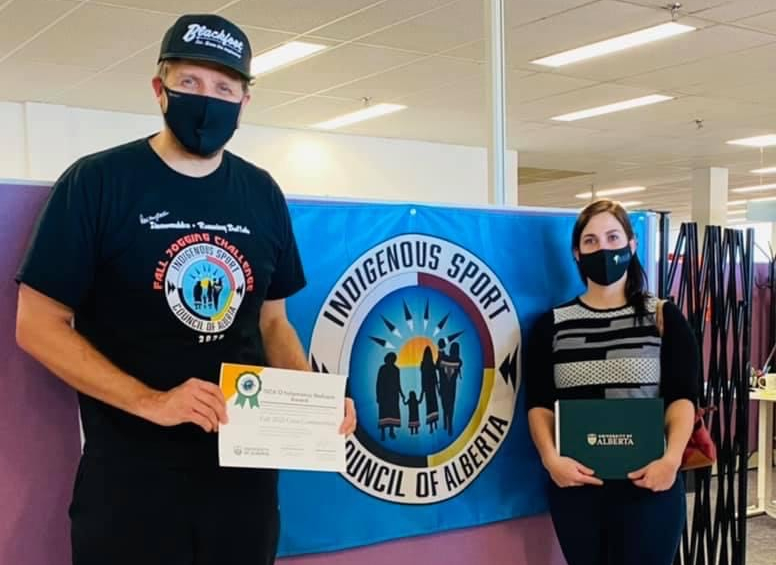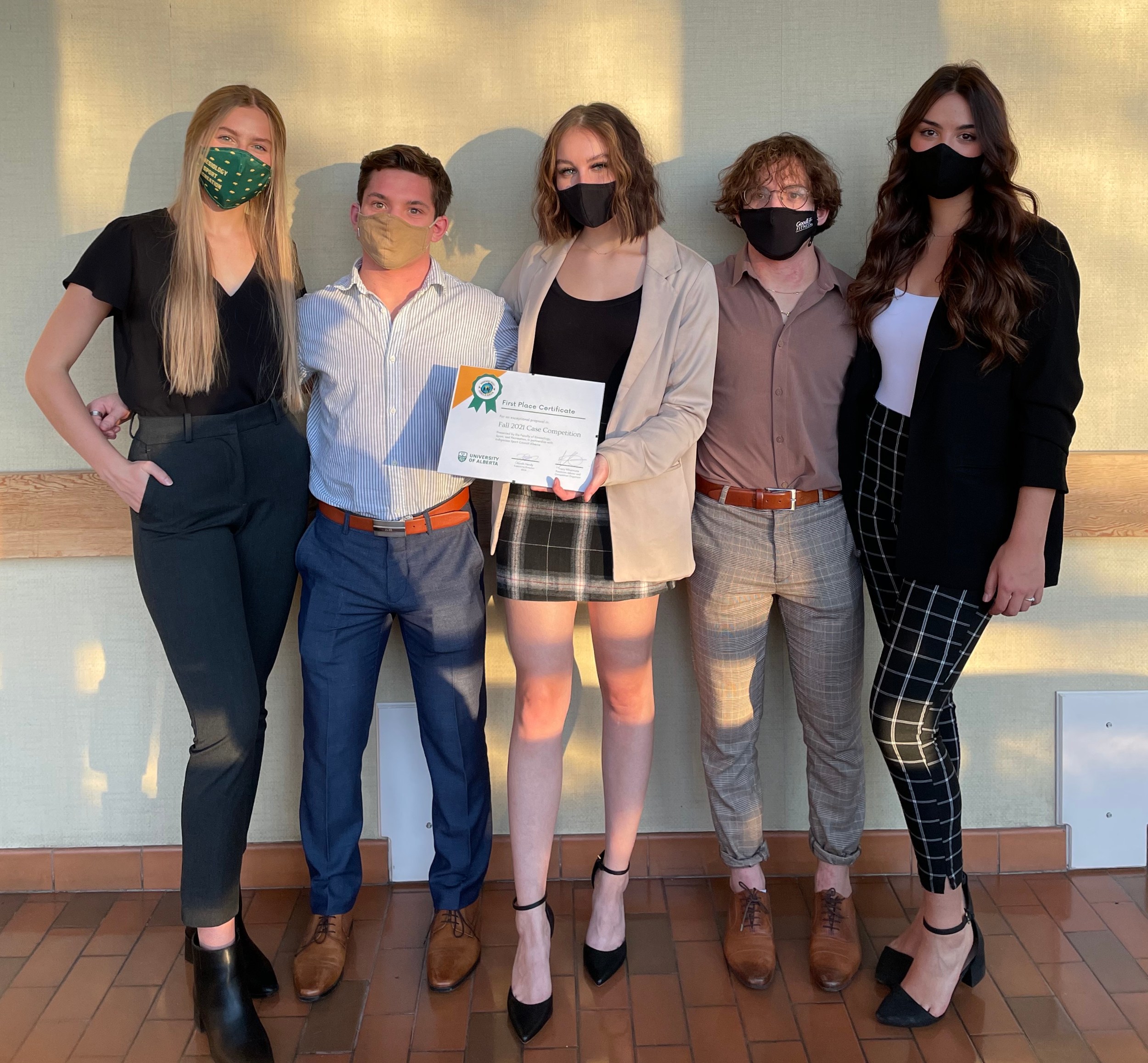The COVID-19 pandemic forced a lot of organizations to rethink how they were serving their communities — for some, those pivots took them exactly where they needed to go. That was certainly the case with a new partnership between the Indigenous Sport Council of Alberta (ISCA) and the University of Alberta’s Faculty of Kinesiology, Sport, and Recreation.
ISCA, a non-profit that provides sport, physical activity and recreational programs for Indigenous people in the province, had a robust plan for community engagement set to launch in March 2020. But when the pandemic hit, they instead decided to engage Indigenous communities in Alberta with a series of online fitness challenges, along with a community engagement survey.
Participants were invited to complete pre- and post-challenge surveys, where they shared about barriers preventing them from participating in sport, physical activity and recreation activities to achieve better overall health and wellness. The survey also asked about their needs and priorities, what would be needed to help overcome the barriers and what they were looking for from physical activity programming.
The survey responses provided insights that would allow ISCA to further improve the programming they offered and best serve the communities they support. The problem was, the historic level of response of more than 1,300 surveys completed posed a challenge for the small ISCA team.
“We had all this incredible data but we didn’t have the capacity to go over all of it in a sooner rather than later time frame,” said Jacob Hendy, executive director of ISCA.
A solution arose through a meeting with Tracy Whatmore, practicum adviser for the Faculty of Kinesiology, Sport, and Recreation. If ISCA was willing to share the survey responses and provide a learning opportunity for practicum students, she had a plan to deal with all that data in a meaningful way.
While not common in the kinesiology world, Whatmore’s experience in the Alberta School of Business gave her the idea to hold a case competition, a challenge in which participants team up to find a solution to a case study within a particular time frame.
“I’ve seen the innovative ideas that students can come up with in that kind of environment, and a light bulb went off,” said Whatmore.

In the first KSR Case Competition, 110 students were tasked with creating an action plan to address some of the barriers identified by ISCA’s surveys.
“They were able to pore through [the data] and come up with a lot of neat things to meet the community’s needs,” said Hendy.
ISCA provided Indigenous mentors to offer the students guidance, as well as a panel of Indigenous judges who determined which projects were the best fit for implementation in the communities ISCA serves. The winning project of the first case competition was the S.H.E.D. (Spiritual Holistic Exercise Den), a small structure that could be built in any community and filled with wellness equipment and materials.
After consultation with their mentors and the community, the team’s proposed S.H.E.D. contents included crafting materials, equipment for land-based sports and a manual, created collaboratively between members of the community and a physical activity specialist, offering guidance on a variety of activities.
“We thought, we can bring the tools in, but then we want to make sure that the community is the one with the ownership over the program. It is for them, by them,” said Adrienne Lindop, one of the team members who submitted the S.H.E.D. idea.

The case competition winners will act as consultants as a new group of Kinesiology, Sport, and Recreation practicum students pilot several of the proposed projects in Indigenous communities across Alberta.
The partnership is a win-win, according to Whatmore, as ISCA receives creative solutions specifically targeting the needs identified by the participating communities while the students get a unique learning opportunity.
“Watching the students from beginning to end of this project, you could just see the incredible development of skills that will be really career transferable for them as they graduate,” she said.
While the competition gave the students a chance to flex their creativity and expand their knowledge, it also gave them an opportunity to form deeper connections with the communities around them, said Whatmore.
“I would chime in on some of the Zoom meetings they had with these mentors, and they were laughing together, crying. It had a much deeper impact than I would have ever anticipated.”
“Some of the students reached out afterwards and said it changed their lives,” Hendy added.
The inaugural KSR Case Competition was funded by the CEWIL iHUB initiative and the Government of Canada, and additional grant funding will support the pilot programs bringing several of the ideas to life. The Faculty of Kinesiology, Sport, and Recreation and ISCA hope to continue the fruitful partnership for years to come.
“[The students] were all able to play a part in reconciliation through supporting us and going through this data, because we couldn’t do it alone,” said Hendy.
“Alberta’s a beautiful province,” he added. “Indigenous people are spread out throughout. We want to reach out to them and create as many opportunities as we can for Indigenous people of all ages to participate in sport and in physical activity.”